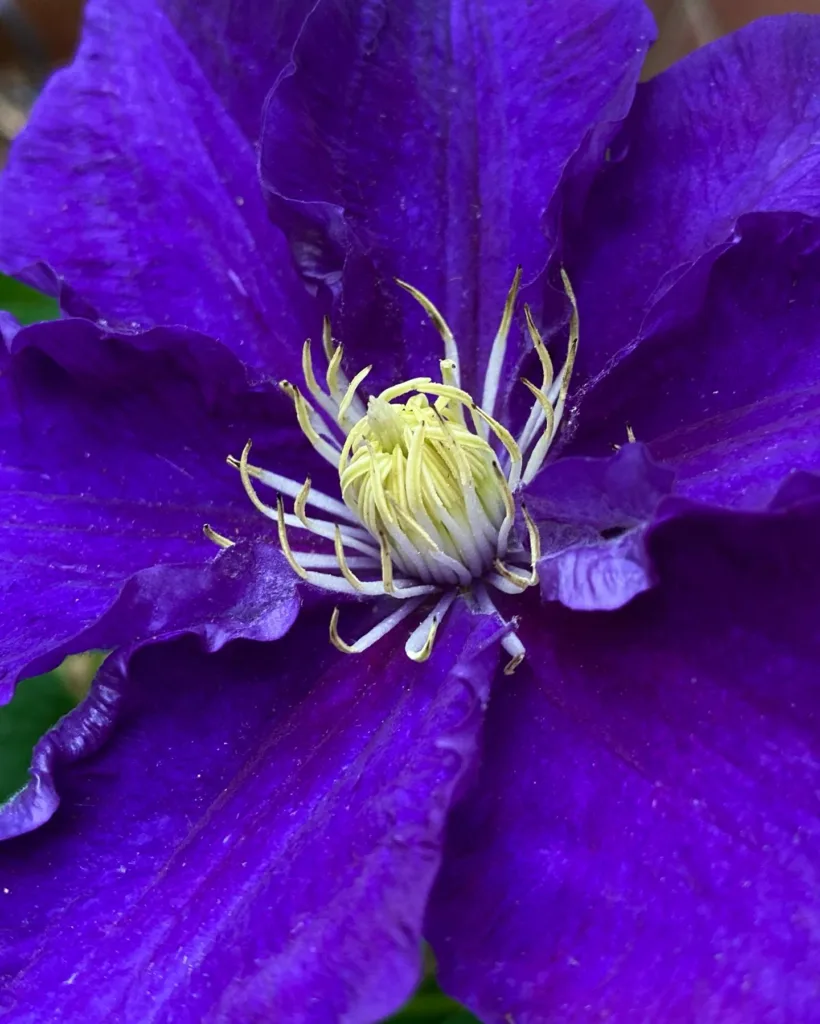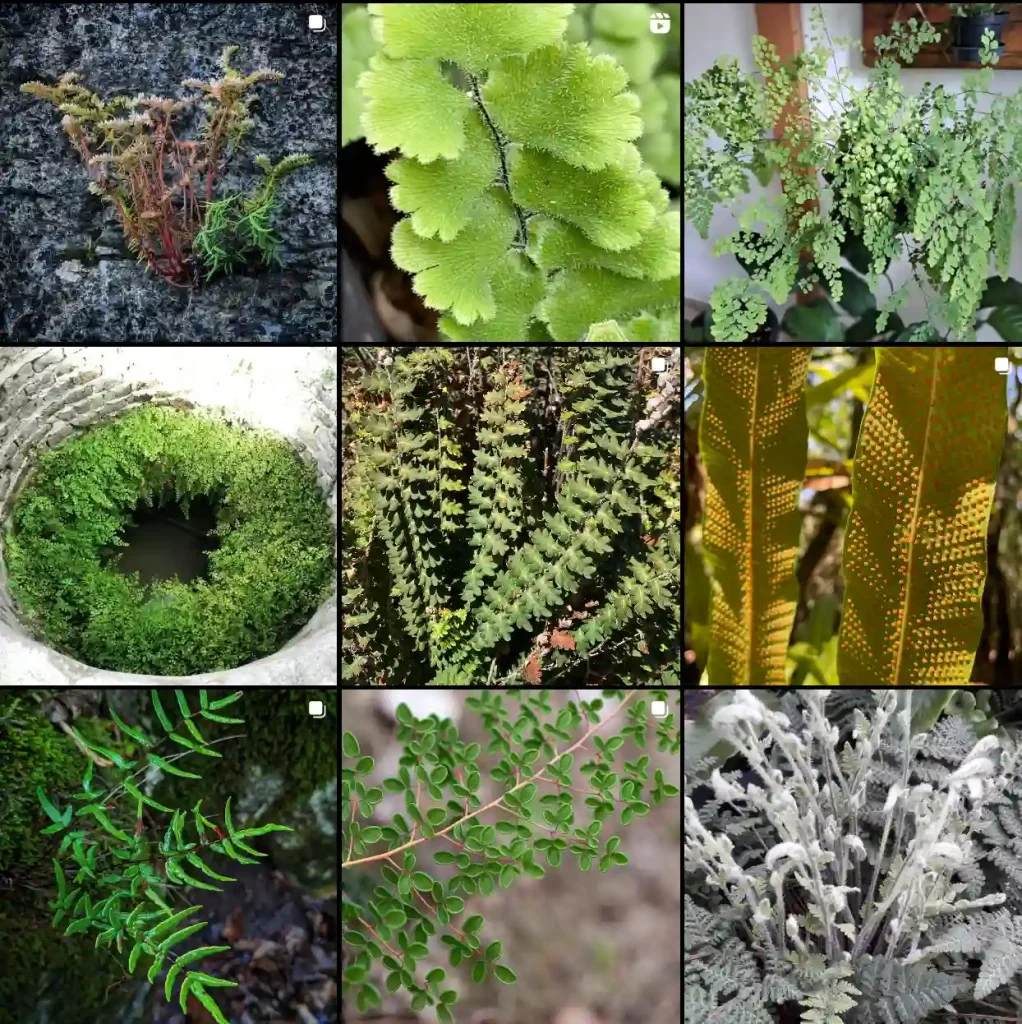What is Phyllanthus Urinaria?
My initial encounter with Phyllanthus Urinaria left me captivated by its unique features. Standing at around two feet, this plant boasts small alternate leaves reminiscent of the Mimosa genus, arranged in two distinct ranges. What caught my attention was the leaves’ behavior—closed at night and open during the day, almost as if the plant had a rhythm of its own. The greenish-white flowers, minute in size, adorned the axillae of the leaves, creating a subtle yet enchanting display. Additionally, the presence of round and smooth green-red fruits beneath the erect and red stems added to the plant’s allure.
According to my actual experience, Phyllanthus Urinaria is considered a competitive weed in certain regions. Its prolific seed production, high shade tolerance, and extensive root system contribute to its resilience and make it a formidable presence in the botanical landscape. As I observed the plant in various settings, its ability to thrive and adapt became increasingly apparent, solidifying its status as a notable competitor in the plant kingdom.
865 Species in Genus Phyllanthus
Phyllanthus Urinaria vs Phyllanthus Niruri
I’ve found Phyllanthus Urinaria to be quite resilient and adaptable in my garden, but Phyllanthus Niruri has impressed me with its more pronounced medicinal benefits and unique texture.
Global Spread and Germination: A Journey Across Continents
Despite its Asian origin, chamber bitter has managed to establish its presence in tropical regions across the globe. In the United States, I discovered that it finds a home in southern states like Virginia, Florida, Georgia, Alabama, South Carolina, New Mexico, Mississippi, and Texas. The warm-season annual weed emerges from the soil in early summer, reproducing through seeds nestled within green, warty-like fruits attached to the branches.
Delving deeper into the germination process, I learned that Phyllanthus Urinaria is a summer annual, germinating from early summer to early fall. Warm soil and ample light are crucial for its germination, reflecting the plant’s affinity for the sun-drenched seasons. This insight into its life cycle added a layer of understanding to my encounters with chamber bitter throughout the changing seasons.
Seed Stories: Trigonometry in Nature
Examining the seeds, I was struck by their trigonal shape, about 1.5 mm long, with transverse ridges and deep excavations on the sides. This mathematical precision in nature, the result of intricate biological processes, left me in awe of the wonders hidden within the seemingly simple seeds of Phyllanthus Urinaria.
How to get rid of Phyllanthus Urinaria?
Here are several methods to effectively control and eliminate Phyllanthus urinaria:
1. Manual Removal:
- Hand Pulling: For small infestations, hand pulling can be effective. Pull the weeds when the soil is moist, as the entire root system is easier to remove. Ensure that you pull out the entire plant, including the roots, to prevent regrowth.
- Weeding Tools: Use weeding tools to help remove the weed, especially if the roots are deep or the soil is compact.
2. Mulching:
- Apply Mulch: Apply a thick layer (2-3 inches) of organic mulch (such as wood chips or straw) around your garden plants. Mulch helps to suppress weed growth by blocking sunlight and preventing seed germination.
- Weed Barrier Fabric: Consider using a weed barrier fabric under the mulch for additional protection.
3. Lawn Care Practices:
- Healthy Lawn Maintenance: Maintain a healthy lawn to outcompete weeds. This includes regular mowing, proper fertilization, and adequate watering.
- Mowing: Mow your lawn at the recommended height for your grass type. Taller grass can shade the soil and reduce weed seed germination.
4. Chemical Control:
- Pre-emergent Herbicides: Apply a pre-emergent herbicide in early spring before the weed seeds germinate. Look for products that specifically list Phyllanthus urinaria or broadleaf weeds.
- Post-emergent Herbicides: Use a post-emergent herbicide if the weeds are already established. Select a broadleaf herbicide that is safe for your type of lawn grass. Follow the manufacturer’s instructions carefully.
- Spot Treatment: For localized infestations, spot-treat the weeds with a herbicide rather than treating the entire lawn.
5. Cultural Control:
- Reduce Soil Disturbance: Minimize soil disturbance to prevent bringing weed seeds to the surface, where they can germinate.
- Proper Irrigation: Water your garden and lawn appropriately. Over-watering can promote weed growth, while under-watering can stress your desired plants, making them less competitive.
6. Biological Control:
- Beneficial Ground Covers: Plant dense ground covers that compete with Phyllanthus urinaria for light, water, and nutrients. These can help suppress weed growth naturally.
7. Monitoring:
- Regular Inspection: Regularly inspect your garden and lawn for new weeds. Early detection and removal can prevent small infestations from becoming large problems.
Conclusion: A Personal Affinity for Phyllanthus Urinaria
In conclusion, my journey with Phyllanthus Urinaria has been nothing short of enchanting. From its unique botanical features to its resilience in the face of challenges, this plant has woven itself into the fabric of my herbal explorations. As I continue to navigate the vast world of plants and their potential benefits, chamber bitter stands out as a testament to the intricate beauty and adaptability of nature. My experiences with Phyllanthus Urinaria have not only deepened my understanding of this remarkable plant but have also sparked a profound appreciation for the interconnectedness of life in the botanical realm.
If i die, water my plants!



